
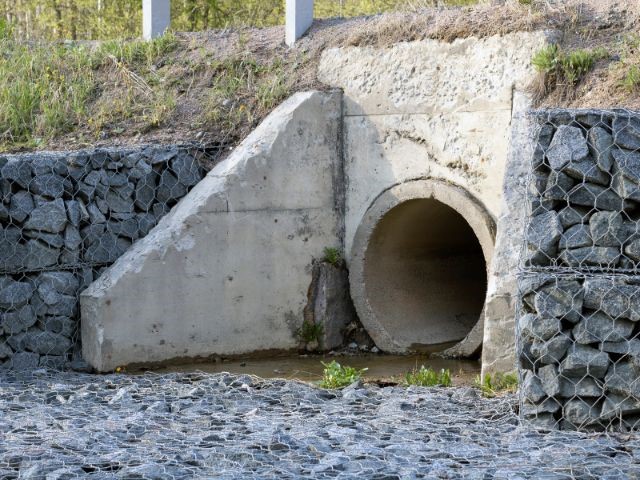
All culverts should have dependable structural integrity. However, environmental factors, stress, and other considerations can result in culvert deterioration and weakening structures. So here are the significant causes of culvert deterioration to recognize during an inspection.
Before determining the cause of culvert deterioration, the necessary step is to inspect the culvert itself. Determining the level of damage, coupled with the failure consequences, helps you decide when to replace, repair, or rehabilitate the structure.
When assessing the level of damage, consider the differences between flexible and rigid pipe types. This can influence which observation deficiencies require either additional testing or investigation. Flexible pipe design uses soil structure interaction, where most of the pipe’s strength comes from the backfill soil and compaction quality. Rigid pipe design supports the live loads and dirt with its own strength. The pipes only rely on the surrounding soil for a tiny part of their overall strength dependability.
Many different causes result in culvert deterioration. From cracks and seam buckling to RCP culvert slabbing, understanding the type of damage can help you progress toward repairs.
One condition that impacts the integrity of culverts is the loss or erosion of inverts. Some causes include corrosion or deterioration of culvert materials. Deterioration results in pH and resistivity to chemicals, water, soil, etc., which can impact pipe materials.
Other reasons for erosion or loss of inverts in RCP pipes include freeze-thaw deterioration and corrosion of reinforcements. This results in expansive forces that cause concrete delamination. Lastly, stream bed loading for all pipe materials can occur due to culvert erosion.
Cracking, buckling, and seam separation can happen for several reasons. For one, cracking and buckling result from excessive culvert loading and environmental stressors. Furthermore, pipe damage can result from installation due to rocks or equipment hitting the culvert pipe.
Slabbing results from concrete “peeling” away from the sides of the culvert pipe, straightening the reinforcement to excessive deflections in RCP culverts. This can result from dead and live loading on culverts or exceeding culvert design capacities. It can also be due to improper culvert bedding.
Recognizing culvert damage can help further assess the next course of action in culvert repair and rehabilitation. Culverts offer reinforced strength to handle roadway and railway traffic while maintaining hydraulic flow.
24World Media does not take any responsibility of the information you see on this page. The content this page contains is from independent third-party content provider. If you have any concerns regarding the content, please free to write us here: contact@24worldmedia.com
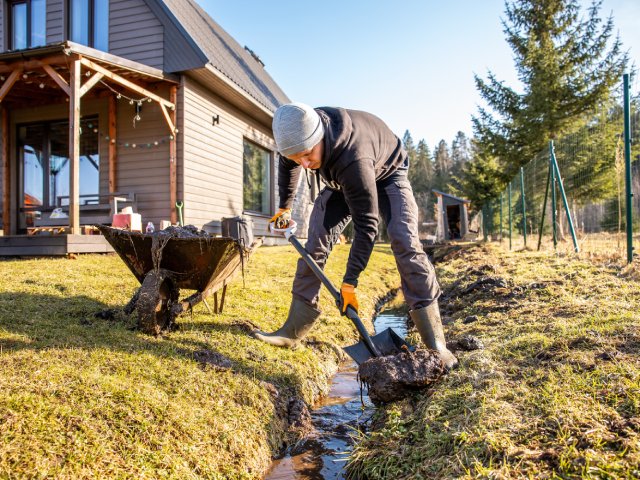
Why You Need To Improve Drainage on Your Property
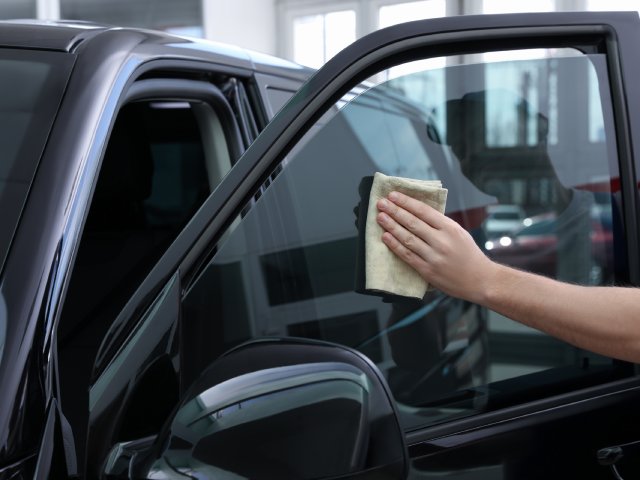
Essential Tips To Shield Your Car Windows From Damage

Warehouse Optimization Tips To Improve Performance
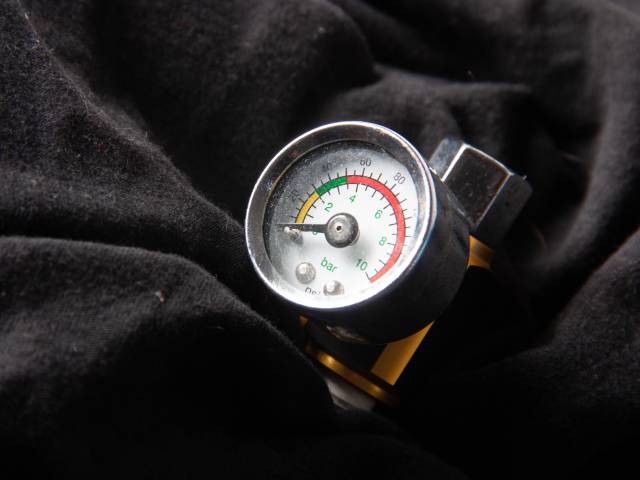
How High-Humidity Climates Affect Pressure Gauges

How Is Global Health Improving Year After Year
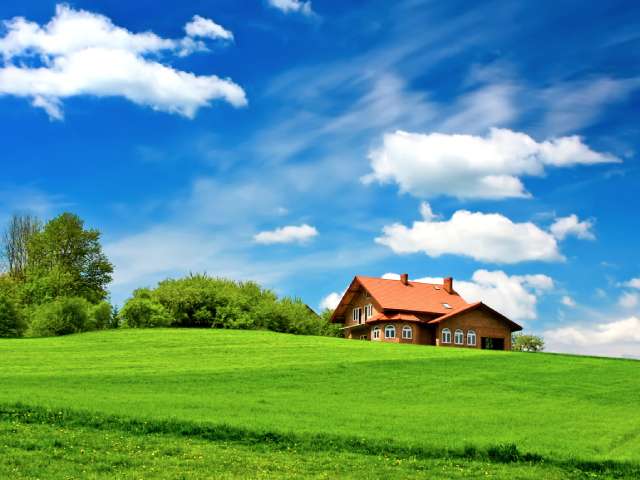
Ways That You Can Make Your Land More Useful

Essential Materials Used in the Construction Industry
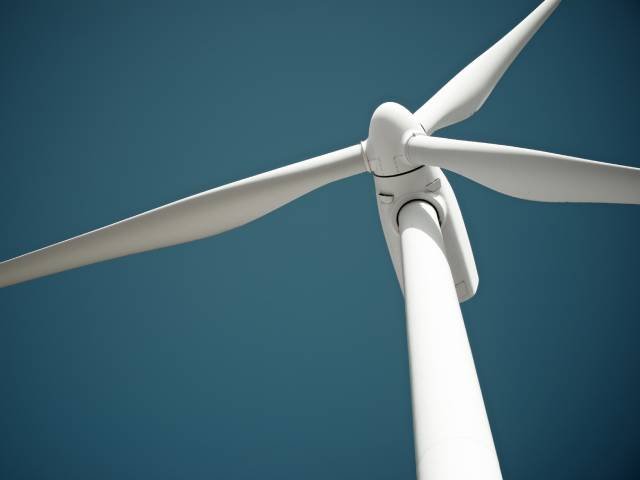
A Look Into 3 Aspects of Maintaining Wind Turbines

Key Factors To Know Before Using IoT Solutions
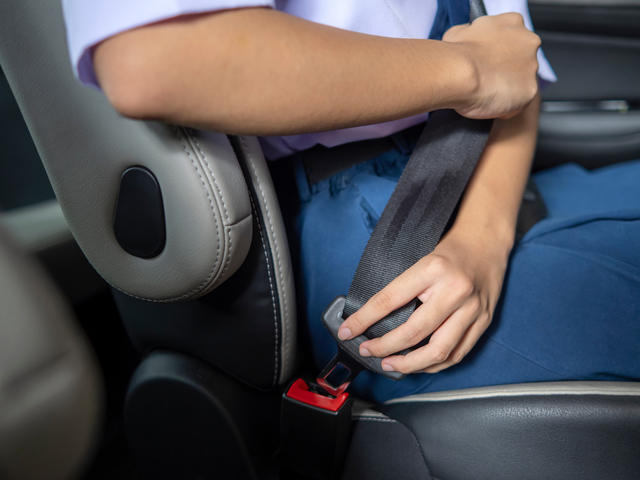
Avoiding Hazards: How Vehicle Manufacturers Keep People Safe